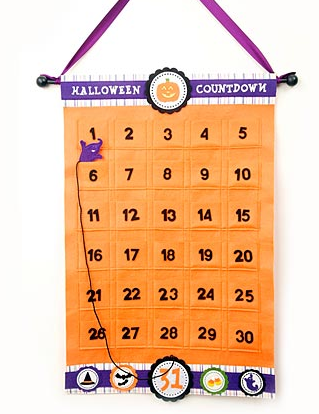As children complete high school, often there are expectations of independence and decisions to make on their next steps. This transition can be difficult for anyone, especially those with an intellectual disability. There are many decisions for them to make from this point on, such as living, employment, extra training, and social decisions. Throughout the rest of their life, they face many choices. The community can help individuals with an intellectual disability to be successful and meet their needs.
The congress has set up four big goals aimed to make adult-life more accommodating for those with disabilities. With these ideals in mind, those with an intellectual disability have opportunities available to them that are in context with their own limitations.These goals include:
- Equal Opportunity: Equal opportunity includes the chance for those in the United States with disabilities to get higher educations and the chance to live the ideal American life.
- Independence: Independence includes the right for those with disabilities to make their own decisions and assert control over themselves and their environment.
- Inclusion: Inclusion includes the right of those with disabilities to have full participation as a citizen in the U.S. with access to the same community resources, activities, and shelter that their non-disabled peers have access to.
- Productivity: The congress’ idea of productivity includes the right of individuals with disabilities to have jobs where they contribute to their own financial standing, as well as, their families and community.
At eighteen years of age, most individuals gain legal independence, however, if a parent chooses to challenge this, the individual’s rights can be overturned due to mentally competency. If the individual with an intellectual disability receive independence, they have many choices to make.
- 2.5 percent of individuals with an intellectual disability enroll in post-secondary academic programs after high school
- 5.7 percent enroll in post secondary vocational programs after high school
- 40.8 percent become competitively employed, 14.8 percent live independently
- they earn 8,274 dollars as average annual compensation for workers.








